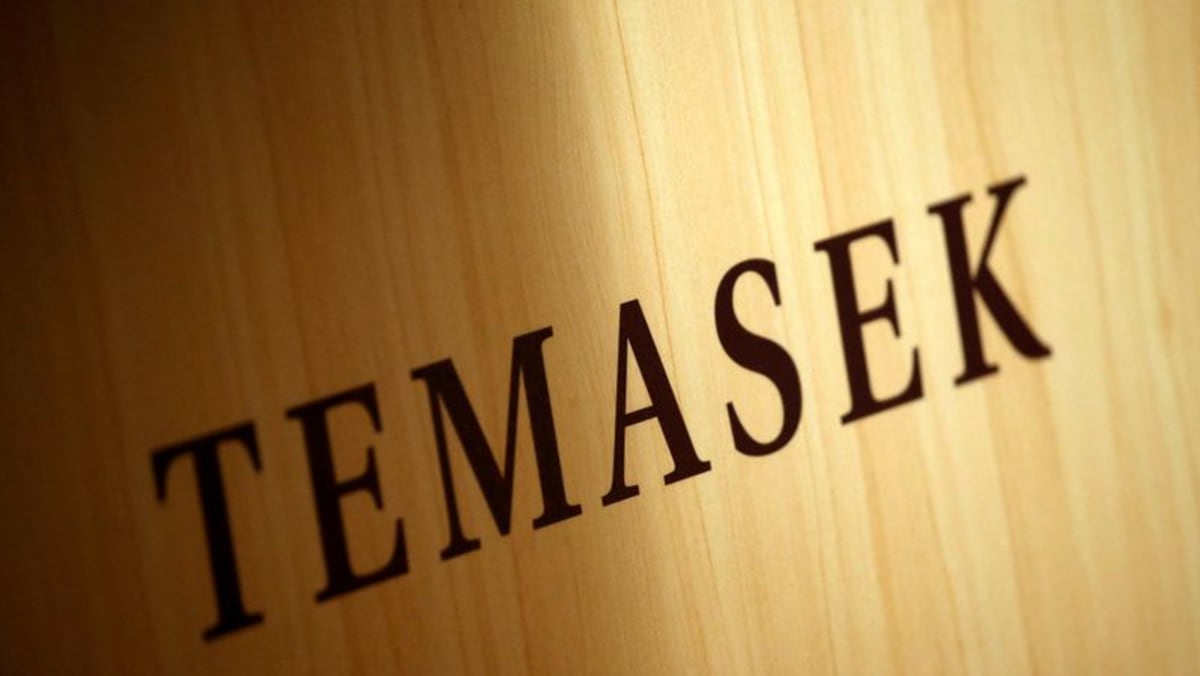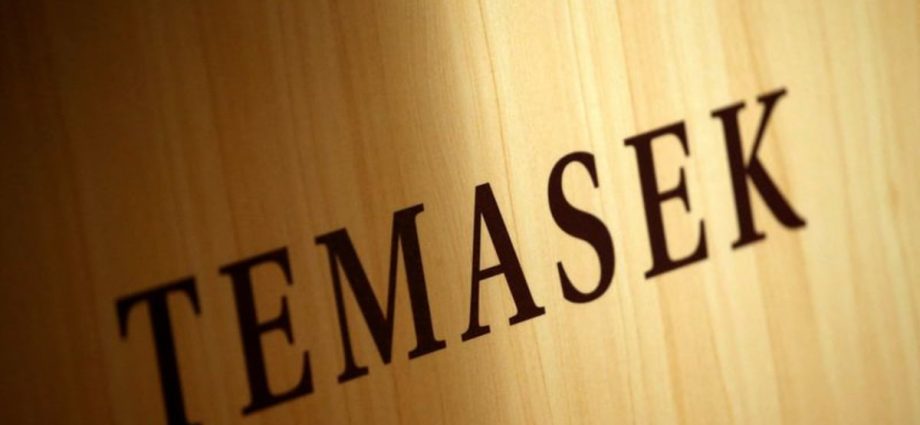
SINGAPORE: Temasek Holdings on Tuesday (Jul 11) reported a 5.2 per cent fall in the value of its net portfolio and signalled a “cautious” investment stance ahead amid a challenging macroeconomic environment.
For the financial year ended Mar 31, its net portfolio was valued at S$382 billion (US$287 billion), down S$21 billion from the record S$403 billion it achieved a year ago, according to its latest annual review.
Its one-year total shareholder return, which takes into account all dividends distributed to the shareholder minus any capital injections, turned negative to -5.07 per cent from the 5.81 per cent gain a year ago.
This was largely due to a fall in equity valuations, both in the public and private markets, Temasek’s chief financial officer Png Chin Yee said at a press conference.
While its portfolio companies in Singapore remained resilient, its global direct investments saw a reversal of gains from the high valuations in the last two years, particularly in the technology, healthcare and payments space, as valuations de-rated in the higher interest rate environment.
Over a longer term, its 10-year and 20-year total shareholder returns stood at 6 per cent and 9 per cent respectively, down slightly from 7 and 8 per cent in the previous year.
The state investor is one of the three entities tasked to invest Singapore’s reserves, with part of its returns tapped every year for the annual Budget.
Under the Net Investment Returns Contribution (NIRC) framework, the Government can spend up to half of the long-term expected investment returns generated by Temasek, sovereign wealth fund GIC and the Monetary Authority of Singapore.
Temasek invested S$31 billion and divested S$27 billion in the last financial year, as it adopted a cautious approach amid global uncertainties. Deal activity globally also slowed down as liquidity tightened, it said.
Overall, Asia remained the anchor of the investor’s portfolio at 63 per cent, with Singapore (28 per cent), China (22 per cent) and the Americas (21 per cent) remaining the top three markets.
Transportation and industrials (23 per cent) and financial services (21 per cent) continued to account for the biggest sectors in Temasek’s portfolio.
The proportion of unlisted assets in its portfolio made up 53 per cent of the portfolio, up 1 per cent from a year ago, which saw unlisted assets overtaking listed assets for the first time.
Temasek said its unlisted portfolio is “well diversified” across geographies and sectors, with steady growth over the years due to investments in “attractive opportunities” in private markets and the increase in the value of its unlisted assets.
Over the last decade, the unlisted portfolio has generated returns of over 10 per cent per annum on an internal rate of return basis, delivering higher returns than its listed portfolio, it added.
These include returns when the unlisted investments were listed or sold, as well as from the strong performance of the underlying companies. For example, some of its holdings, such as payments technology provider Adyen and on-demand services platform Meituan have listed with “significant value uplift” in the past five years.
On its early-stage portfolio, Ms Png said Temasek invests in early-stage companies as part of identifying future trends and to gain insights into emerging technologies and business models.
To manage the higher risks that come with these investments, it has kept its exposure to early-stage companies to 6 per cent of its total portfolio, she added.
Temasek said last November that it would write down its US$275 million investment into cryptocurrency firm FTX. In May, it said it had cut the compensation of its senior management and the investment team involved in the failed investment.

